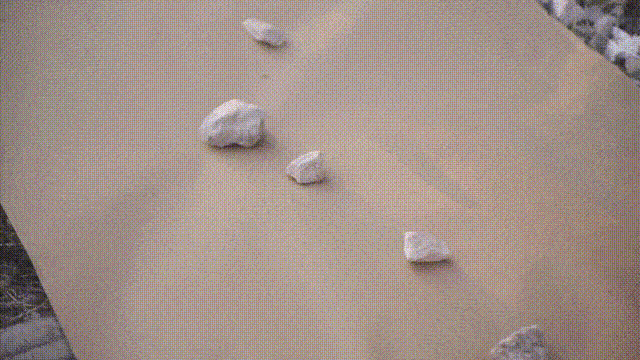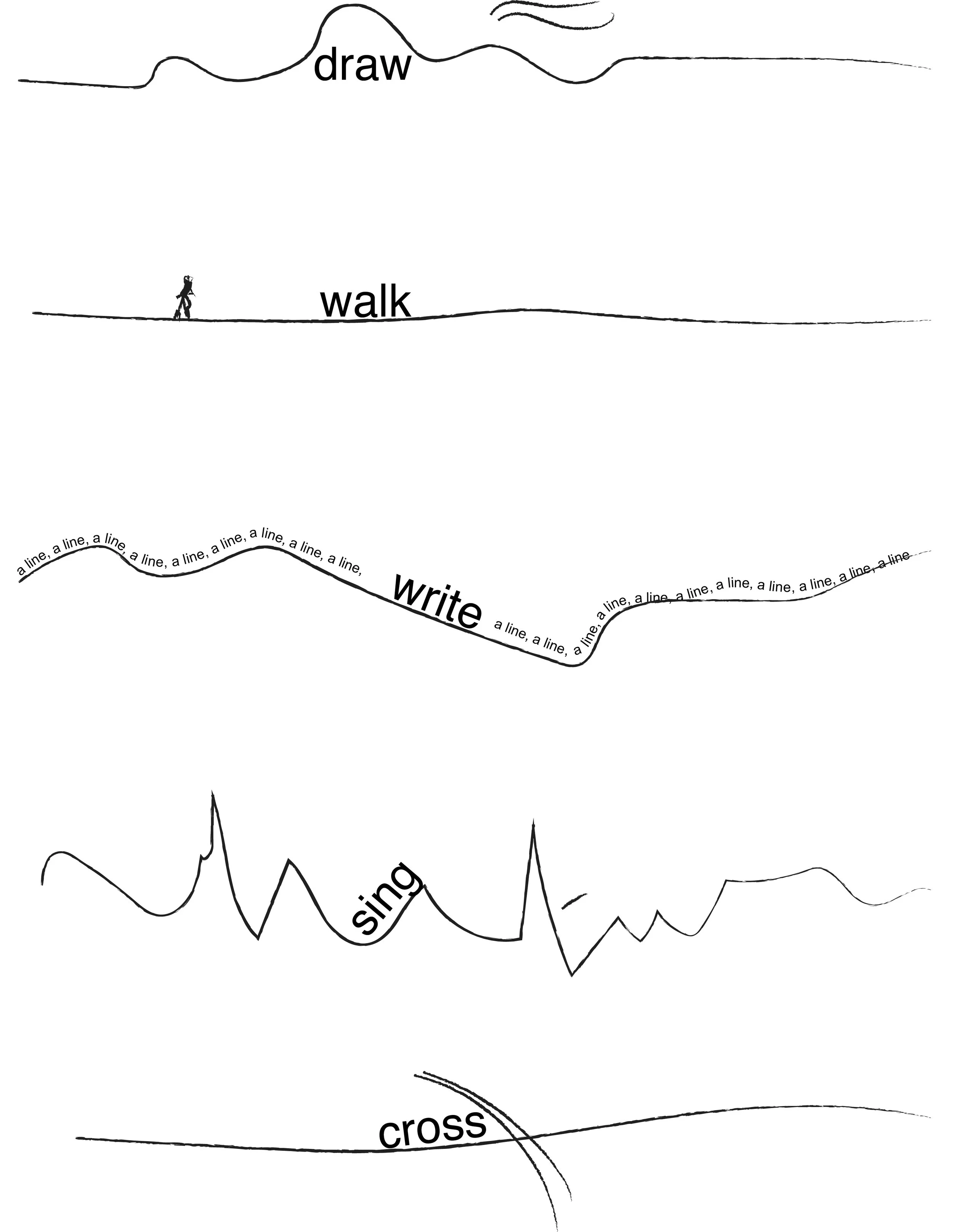“walking comes as a praxis, a thought, a spatial statement, a situation where the fleshy and the intellectual meet. It celebrates and magnifies the flora and the fauna either in urban or rural context.”
— artist statement (2019)
“sea, words, gestures and bodies have all coordinates, currents and flows”
— artist reflections on sea-performances (2021)
I. poetic and technological
Most of his artworks and texts are on the performative intersections of the poetic and the technological. His art practice oscillates between walking performances, site specific /mixed media installations, video/digital art and poetry; focusing on the poetics of the urban experience. Bill is interested in intermedia entanglements of body, walking, objects and site; highlighting the transient, the in-between and the emotional in search of the poetic. His art thinking has been also defined by metaphors: city as an ocean of emotional, spatial and spiritual dynamics and the human as stratification of experiences and weaknesses. All form emerging conceptual and methodological platforms which weave together walking-thinking-writing.
II. walking and the city
In previous site/performances for camera, he has focused on aesthetic aspects of walking; stemming from altered considerations of wider cultural concepts such as flaneur and psychogeography. His art practice and writings have revealed a kind of hybrid flaneur [**]. He considers walking as a praxis, a thought, a spatial statement, a situation where the fleshy and the intellectual meet. It celebrates and magnifies the flora and the fauna either in urban or rural context. He has gradually produced auto-ethnographical walking poems through audiovisual means, GPS and poetry. In such artworks, philosophical and sensory considerations of place/non-place/boundary are of great importance in such ways that atmospheres, material and geomorphological elements impact on the shape, rhythmicity and flow of the walking body, narration and mind. Since 2008, Psarras tends to find hidden metaphors into public space and city’s vocabulary: objects, found materialities, fleeting atmospheres. An engineer of imagination: examples that have driven and shaped his performances, installations, poetry and video/digital-poems (Acrobats, 2010) are the cases of streets, asphalt, lines, zebra crossings, traffic lights, lichen fissures, antennas, highways, concrete formations, rooftops, tube stations, soil, limens and sea waters. This is apparent in a series of works during 2013-2021, such as Rebirth (2008), Walking Portraits (2011), Emotive Circle (2012), Urban Halo (2013), Messenger (2016), Light Walks (2016), We Are All Cities: Electricities (2018), Territorial Poetics (2019), Territorial Poetics (III: Vanity) (2020), Objects in Odysseys (2020), Islet (2021) and more.
III. prepositions, objects and sea-gestures
A significant methodological shift can be identified in the performative, sensory and technological role of the objects he walks with, into sites and across situations. This started as urban companions and developed into a list of objects-drivers which activate hidden memories and emotions. Such linguistic prepositions have constituted influential in-situ lenses with performative implications: walking with a light bulb, chalks, asphalted lines, a GPS, camera, a 520m paper roll, a basil while smelling, co-walkers, a team of unknown people – into and across streets, stations, bridges, woods, cities and seas. In such works Bill has revealed various urban poetics, expressed as video performances, installations, GPS-based mappings neon-text interventions and poetry. A recent shift in his art practice is his turn to sea performances and watered-gestures which combine ephemeral gestures, poetry, geo-coordinates and further performative and immersive qualities of sea as a dynamic agent. Drifting, floating, walking, standing have become verbs with potential. This has also led his art practice into ongoing transmedia explorations of poetic language not only as written outcome but also as a spatialised situation/assemblage into soiled and sea environments. An oscillation between performing poetics and locating poetics.
Image: Verbs for the life of a line / courtesy of the artist (2020)


